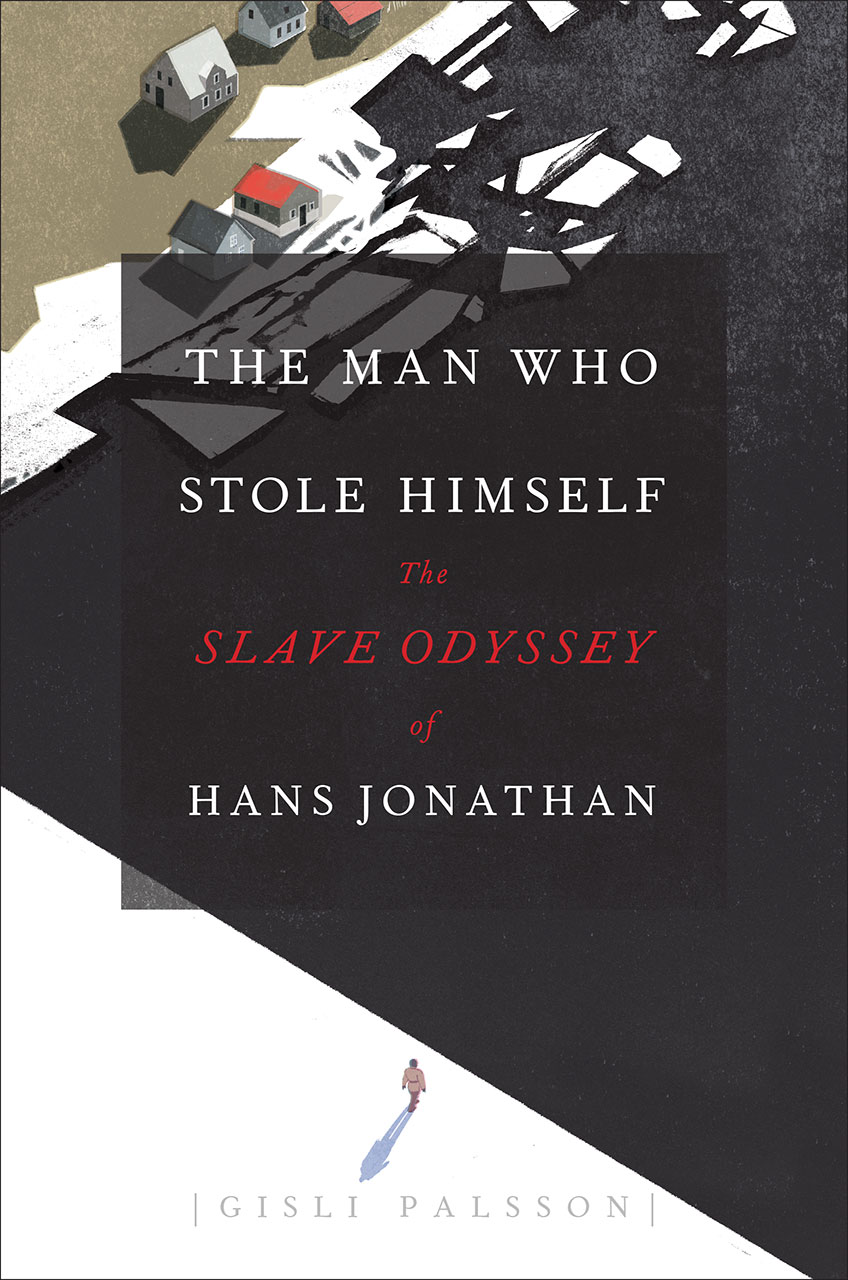This web series asks black women around the world to explain what beauty means to themPosted in Articles, Communications/Media Studies, Europe, Interviews, Media Archive, United States, Videos, Women on 2016-06-04 23:46Z by Steven |
This web series asks black women around the world to explain what beauty means to them
Fusion
2016-06-02

Courtesy of Un-Ruly
They say beauty is in the eye of the beholder, but that’s not the impression you’d get from flipping through a fashion magazine. The images we see in mainstream media every day suggest that there’s only one way to be beautiful: white skin, blonde hair, blue eyes, thin body. Not only do these ideals exclude women of color altogether, but they also reinforce the troubling idea that you should change your hair, skin color, or body to be a part of the club.
But thanks to social media and the internet, there are new gatekeepers changing the conversation about what it means to be beautiful, practicing inclusive representation, and creating places to explore, talk, and educate. Antonia Opiah is one of them. In 2013, she started launched her hair blog and e-commerce site Un-ruly, which has everything from hair commentary, styling tips and recommendations for products to buy. It was in creating this website that Opiah became comfortable in her own skin and hair…
Read the entire interview here.

